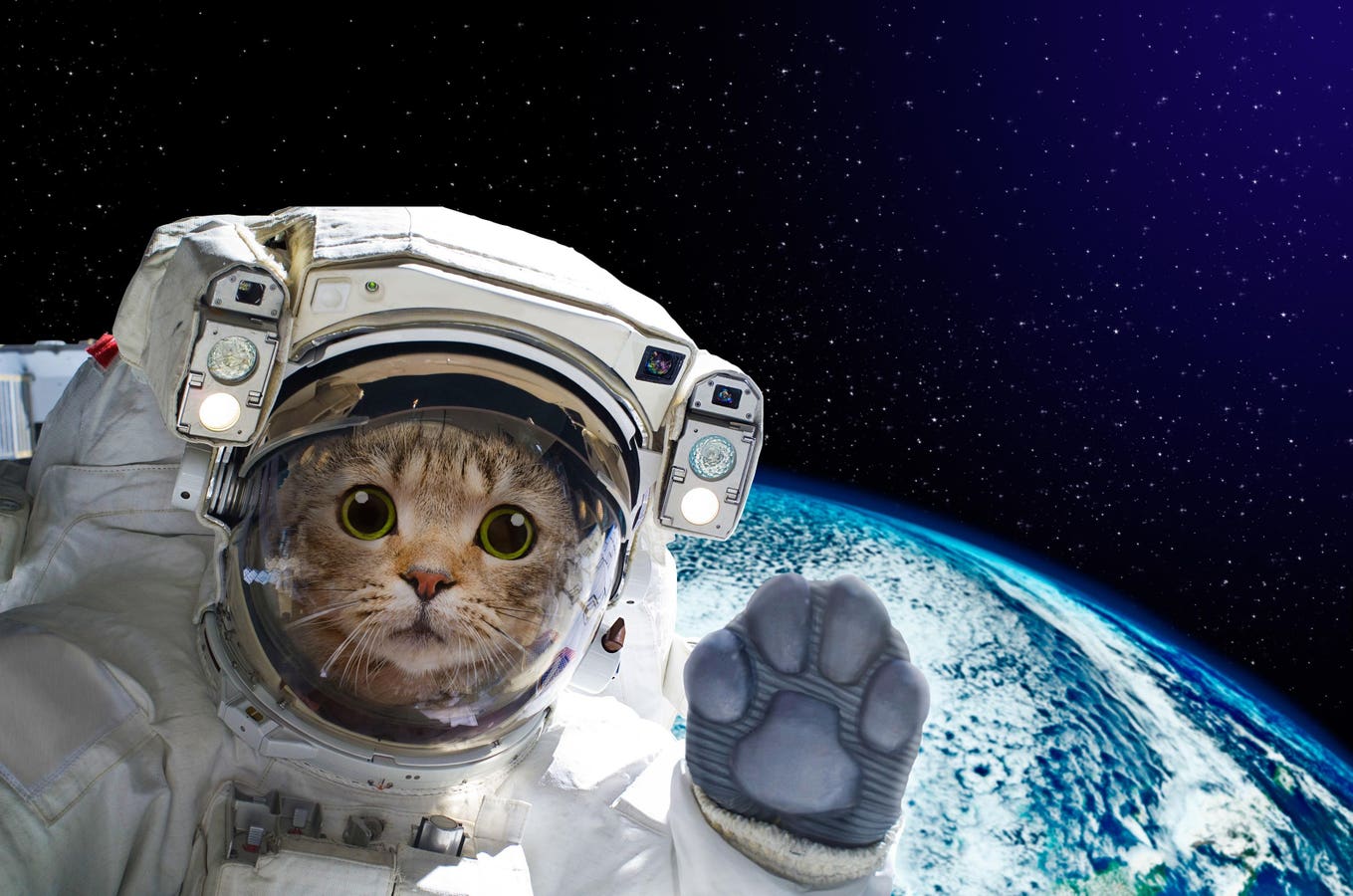Not every space traveler has worn a suit or walked upright. From monkeys to microscopic marvels, … More
You’ve seen the headlines. The James Webb Space Telescope detected methane and carbon dioxide on a distant exoplanet, stirring cautious excitement about the possibility of life beyond Earth. It’s the strongest signal yet. But for now, it remains just a theory.
What’s not theory is this: Life from Earth has already left the planet. And not just humans and dogs, either. Over the decades, we’ve launched a surprising cast of living organisms into space, from stray cats to microscopic indestructible micro-animals.
Their time out there may have been brief, but they crossed a boundary few lifeforms never will. Some may never return. Here are three you probably didn’t expect.
1. Fruit Flies Were The First Earthlings In Space, 1947
There’s a general misconception that Laika, the Soviet space dog, was the first animal in space. But the truth is quieter and smaller. On February 20, 1947, the United States launched a group of fruit flies aboard a captured German V-2 rocket. This swarm went down in history as the first living organisms from Earth to reach space, beating both dogs and humans by years.
The flies were recovered alive after a successful parachute descent, marking the silent start of life’s journey off-planet. For context, Laika flew aboard Sputnik 2 in 1957, a full decade later. And Yuri Gagarin, the first human in space, followed in 1961.
Fruit flies (Drosophila melanogaster) have long been model organisms in science — small, easy to breed and genetically well-understood, even in the 1940s. Their short life cycles make them ideal for studying generational effects, and they require minimal life support systems, making them perfect candidates for early, high-risk flights.
The fruit fly continues to be widely used for biological research in genetics, physiology, microbial … More
More importantly, fruit flies are sensitive to radiation and share some fundamental biological responses with us, making them valuable analogs for studying the genetic effects of cosmic exposure. Researchers were especially interested in how cosmic rays, a largely untested threat at the time, would affect living tissue.
2. Tardigrades Are Unkillable, Even By Space
Under the microscope, they look almost like animated plush toys — slow-moving, water-bloated and oddly adorable. But tardigrades, also known as water bears or moss piglets, are among the toughest survivors evolution has ever carved out. And in 2007, they became the first animals known to survive direct exposure to the vacuum and radiation of space.
Less than a millimeter long, these water-dwelling, eight-legged micro-animals can endure boiling … More
Sent into low Earth orbit aboard the European Space Agency’s FOTON-M3 mission, dehydrated tardigrades endured ten days in outer space. When rehydrated back on Earth, most of the specimens protected from UV radiation came back to life. Some even went on to reproduce.
Their resilience comes from cryptobiosis, a kind of biological stasis in which they shut down nearly all activity and dry into a glass-like shell. In this “tun state,” they can survive extreme cold, searing heat and even radiation.
And Earth’s biological signature may still be out there. Thousands of tardigrades were aboard the Beresheet lander that crashed on the Moon in 2019. While the odds of survival are slim, and reactivation impossible without water, some may be lying dormant on the lunar surface, frozen in time.
3. The Forgotten Cat Who Went To Space
On October 18, 1963, France launched a black-and-white stray cat, later named Félicette, into suborbital space aboard a Véronique AGI 47 sounding rocket. She was one of 14 female cats trained for spaceflight by the French Centre d’Enseignement et de Recherches de Médecine Aéronautique (CERMA).
The cats underwent rigorous training, including exposure to intense G-forces and confinement, to prepare for the mission. Félicette’s short flight reached an altitude of 157 kilometers, 57 past the Kármán line, during which she experienced about five minutes of weightlessness. Electrodes implanted in her skull transmitted neurological data back to Earth, providing insights into the effects of space travel on living organisms.
Remarkably, she survived the flight and was safely recovered. Soon after, she was euthanized so scientists could learn more from her autopsy. Despite her contributions, Félicette’s story remained largely unknown for decades. While other animal astronauts like Laika became celebrated figures, Félicette faded into obscurity. It wasn’t until 2019 that she received formal recognition with a bronze statue honoring her contributions to space exploration.
Félicette eventually was immortalized with a bronze statue depicting her perched atop Earth, gazing … More
After seeing just how far life from Earth has traveled, how connected do you feel to the life still here? Take the Connectedness to Nature Scale and discover your link to the wild.








